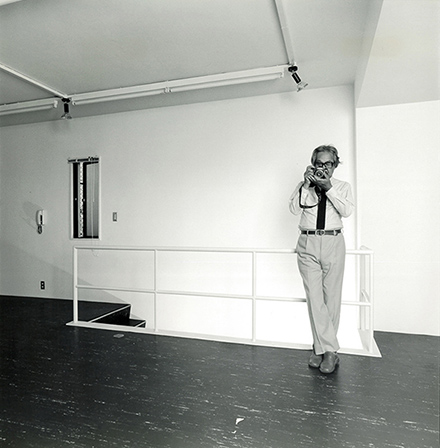
Photo: Tetsu Tamaoki
Shoji Ueda (1913 – 2000)
Shoji Ueda was born in 1913 in Sakai-machi, Saihaku-gun (now Sakaiminato City), Tottori Prefecture. During his junior high school years, Shoji discovered and fell in love with photography.
In 1931, he was enrolled in Oriental School of Photography (founded by the camera manufacturer Oriental) in Tokyo. After graduation, Ueda returned to his native town and started a commercial photo studio at age of 19. Around the same time, photo magazines and exhibitions began to pick up his works and soon he started to gain attention, particularly with his characteristic group portraits of choreographed people on sandy beaches or the Tottori Sand Dunes.
Although his choreographed works were disrupted in the rise of the Realism Movement in the beginning of the 1950s, the publication of his photo collection “Warabegoyomi (Children the Year Round)” in 1971 brought a revival of his fame in and out of Japan, particularly in Europe where he was invited to the Arles international Photography Festival (Arles Rencontres de la Photographie) in 1978 and 1983.
Ueda was awarded many awards and medals including the Person of Cultural Merit from Japan's Agency for Cultural Affairs at their 10th anniversary commemoration (1978), the Domestic Photographer Award at the 4th Higashigawa International Photo Festival (1988), the Distinguished Contributions Award from the Photographic Society of Japan (1989), L'Ordere des Arts et des Lettres from the French Ministry of Culture (1996), and the 1st Citizen's Outstanding Achievement Award from Tottori Prefecture (1998).
In 1995, the Shoji Ueda Museum of Photography opened in Kishimoto-cho (now Houki-cho), Saihaku-gun, Tottori Prefecture.
Shoji Ueda died in 2000 (aged 87).




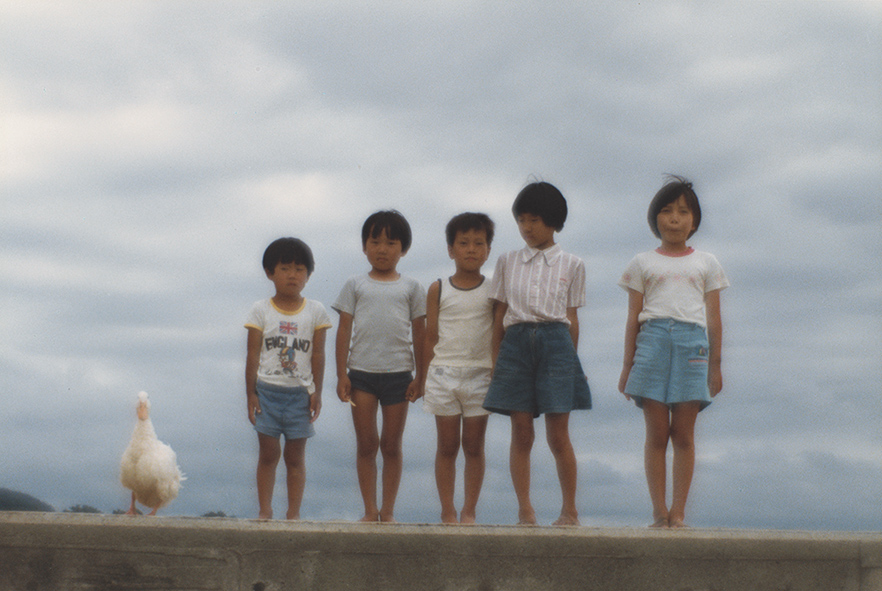
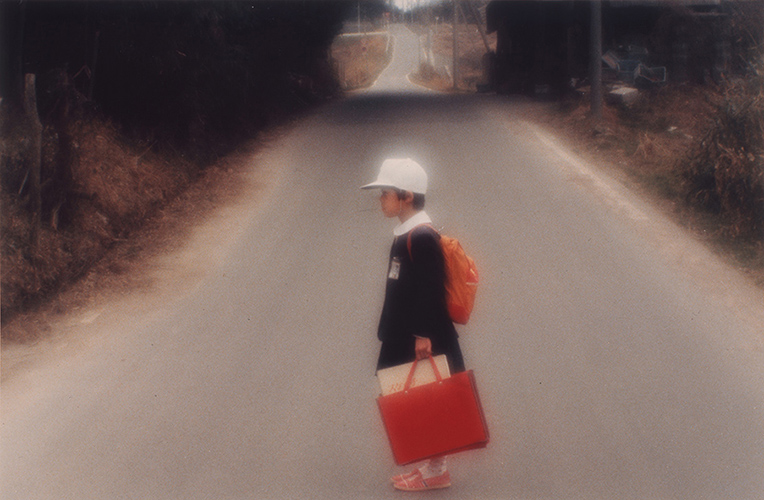
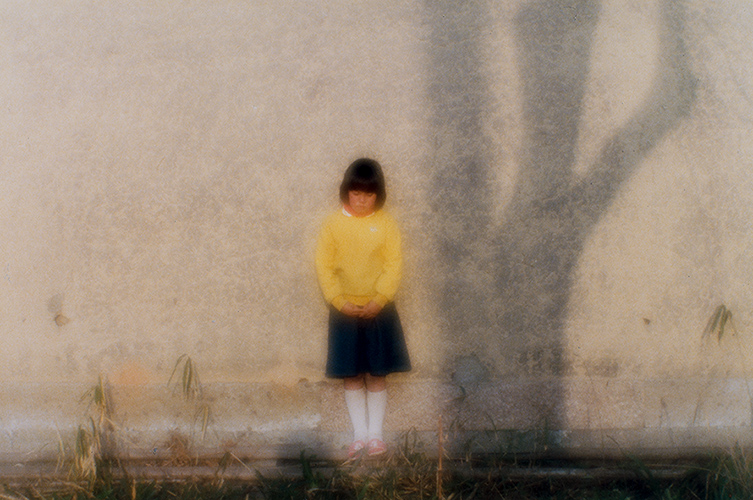
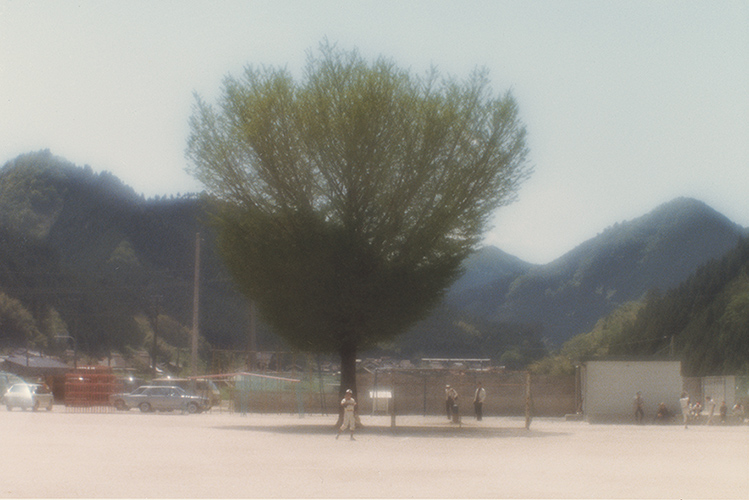
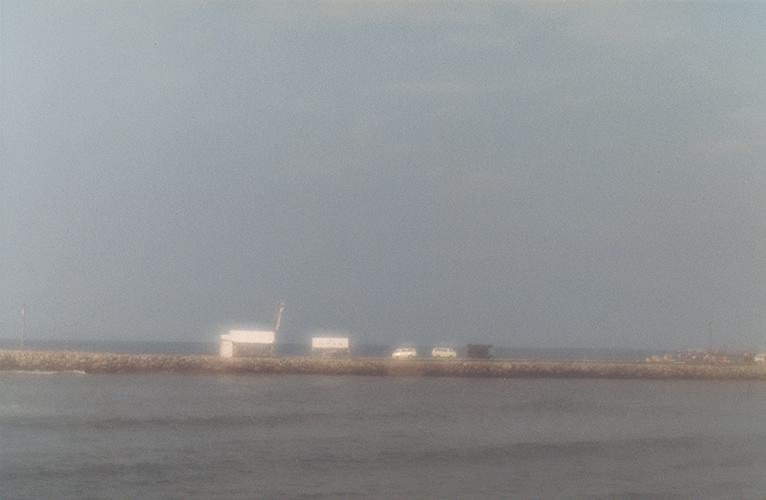
![[image]Hiroh Kikai Photo Exhibition: Persona – Tamasaburo Bando](/assets/img/photo_event_260105_05.jpg)

